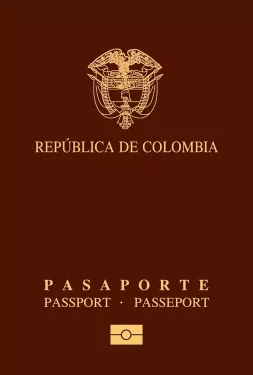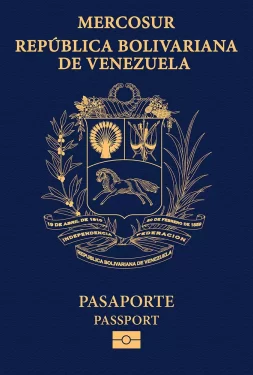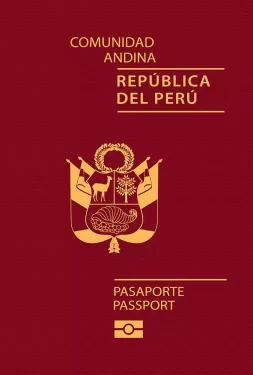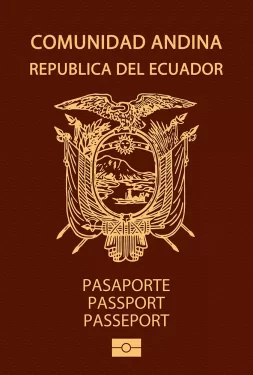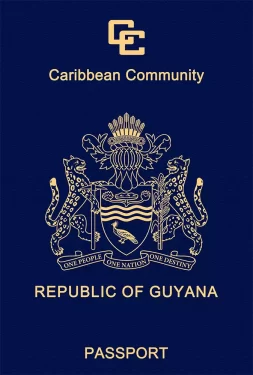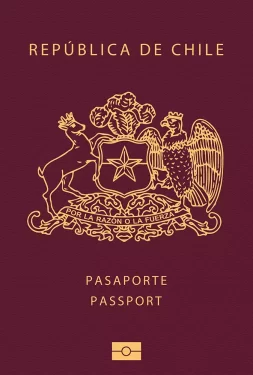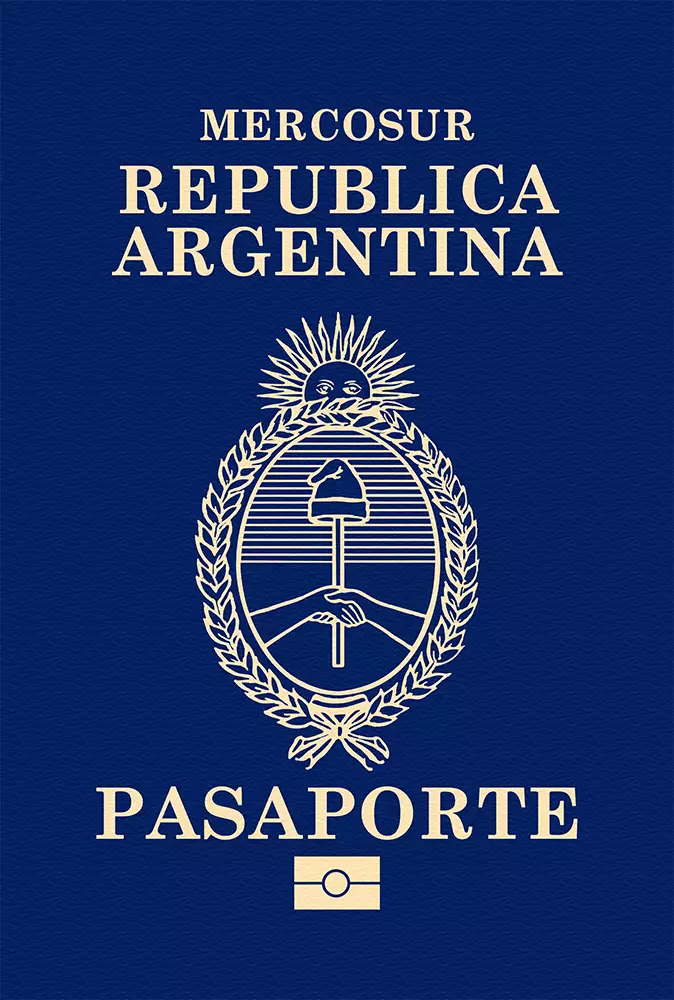
Argentina
Argentina passport ranking
The Argentinian passport is currently ranked 17th place on the Guide Passport Index. It provides visa-free access to 173 countries. With a high mobility score it is one of the most desirable passports in the world. Argentinian passport holders have visa-free access and visas on arrival to countries such as United Kingdom, United Arab Emirates, Russia and the entire European Union. This allows almost instant travel opportunities worldwide. Argentinian passport holders do however require a visa to enter about 56 destinations in the world. Some countries where visa is required are China, India and the United States.
Argentina Passport Ranking
The Argentina passport ranking relative to other global passports is calculated by adding up the number of countries that allow Argentina passport holders to enter without a visa (i.e. visa-free countries) and those that allow Argentina passport holders to enter by obtaining a visa on arrival (i.e. visa-on-arrival countries) or electronic travel authorization (eTA). There are currently a total of 131 Argentina passport visa-free countries, 37 Argentina visa-on-arrival countries, and 5 eTA destinations.
Altogether, Argentina passport holders can enter a total of 173 destinations—either without a visa, through a visa on arrival, or via an eTA. As a result, the Argentina passport ranks 17 in the world.
Separate from these Argentina visa-free countries and visa-on-arrival countries, there are 56 additional destinations which Argentina passport holders either need a physical visa to enter or an eVisa (i.e. visa required countries).
About Argentina
The Argentine Republic is the 8th largest country in the world consisting of 23 provinces. The most important provinces are Buenos Aires, Córdoba, and Santa Fe. The nation is situated in South America bordering the countries of Uruguay, Paraguay, Bolivia, Brazil, and Chile. Argentina is the 2nd largest country in South America with a surface area of 2.7 million square kilometers. Its climate is mostly temperate. However, it is arid in the southeast and subantarctic in the southwest.
The overall population is 45 million people, making it the 3rd largest country in South America. The capital of the country is Buenos Aires, which is also the most populous city with 2.8 million inhabitants. It is followed by Córdoba and Rosario. The largest airport is Buenos Aires Ministro Pistarini Airport (EZE) with 13 million annual passengers. Aeroparque Jorge Newbery (AEP) is the second biggest airport with 12 million yearly passengers. Both airports together cover domestic and international routes connecting Argentina to the world.
Argentina’s culture is dominated by the history of immigration waves that occurred over the past centuries. There is a multi-cultural and religious mix present in most of the country with the Roman Catholic belief being predominant. The official language is Spanish. The legal system is based on the European Civil Law. The government type is a presidential republic. The chief of state and at the same time head of government is the elected President Alberto Javier Milei.
The official currency is the Argentine Peso (ARS) with the current exchange rate being ARS 353 to the USD. The country has an open economy, generating a GDP of approximately $641.1 billion, making it the 3rd largest economy in South America. Its citizens have a per capita income of $13,709. The GDP is mostly made up of 3 key sectors, which are services, industry, and agriculture. Some of the most important export products are soybeans, corn, meat, wheat, and textiles.
Argentina is known for its vast nature and coastline extending to the most southern point of the continent. Some of the major destinations include the Iguazú Falls, the Perito Moreno Glacier, Tierra del Fuego, and Ushuaia. The nation has a total of approximately 7 million tourists visiting every year with the majority originating from Europe, and North and South America. This makes Argentina the 4th most visited country in the Americas.
